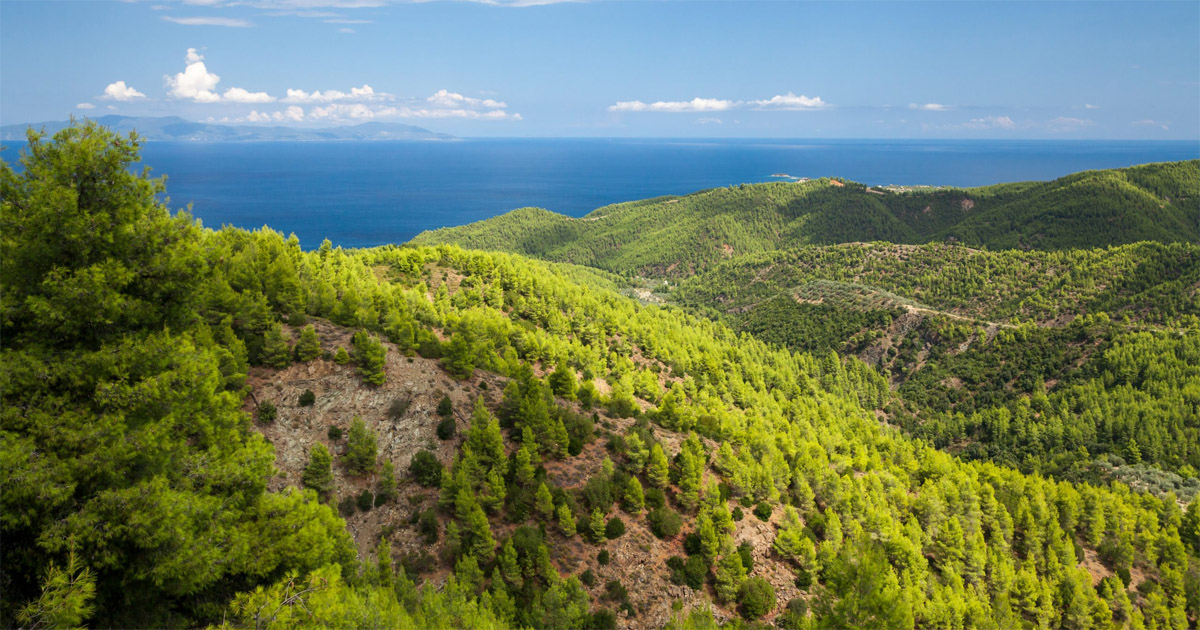There is a data gap in our current knowledge of the geospatial distribution, type and extent of C rich peatlands across the globe. The Pastaza Marañón Foreland Basin (PMFB), within the Peruvian Amazon, is known to store large amounts of peat, but the remoteness of the region makes field data collection and mapping the distribution of peatland ecotypes challenging. Here we review methods for developing high accuracy peatland maps for the PMFB using a combination of multi-temporal synthetic aperture radar (SAR) and optical remote sensing in a machine learning classifier. The new map produced has 95% overall accuracy with low errors of commission (1–6%) and errors of omission (0–15%) for individual peatland classes. We attribute this improvement in map accuracy over previous maps of the region to the inclusion of high and low water season SAR images which provides information about seasonal hydrological dynamics. The new multi-date map showed an increase in area of more than 200% for pole forest peatland (6% error) compared to previous maps, which had high errors for that ecotype (20–36%). Likewise, estimates of C stocks were 35% greater than previously reported (3.238 Pg in Draper et al. (2014) to 4.360 Pg in our study). Most of the increase is attributed to pole forest peatland which contributed 58% (2.551 Pg) of total C, followed by palm swamp (34%, 1.476 Pg). In an assessment of deforestation from 2010 to 2018 in the PMFB, we found 89% of the deforestation was in seasonally flooded forest and 43% of deforestation was occurring within 1 km of a river or road. Peatlands were found the least affected by deforestation and there was not a noticeable trend over time. With development of improved transportation routes and population pressures, future land use change is likely to put South American tropical peatlands at risk, making continued monitoring a necessity. Accurate mapping of peatland ecotypes with high resolution (
Download:
DOI:
https://doi.org/10.3389/feart.2021.676748
Altmetric score:
Dimensions Citation Count:

























